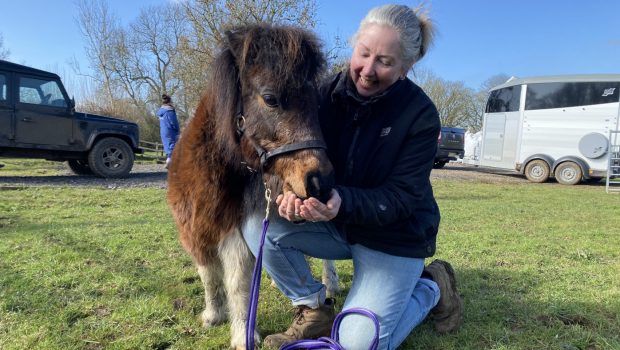A teenager has suffered life-threatening injuries and a New Forest pony has died after they were involved in a crash last night (6 July).
The 18-year-old woman, from Brokenhurst, was a passenger in a silver Volkswagen Polo that collided with the loose pony on the A35 in Hampshire.
She was taken to hospital by ambulance. Her next of kin have been informed.
The accident happened at around 11.15pm between Hinton and Holmsley and the pony died at the scene.
While animals in the New Forest are able to roam freely, major roads — including the A31, A35 and A337 — are fenced off to help avoid accidents.
“It is believed the pony had escaped onto the road through an insecure gate that may have been left open by a member of the public,” said a spokesman for Hampshire Constabulary.
Road closures that were put in place have now been lifted.
New Forest risks
Accidents involving animals on minor roads in the area are frequent as there are no barriers preventing ponies, cattle, donkeys, pigs and sheep from straying onto highways.
In 2015, the number of animals killed or injured on New Forest roads was 76 — the lowest number recorded in the past 25 years.
This was the lowest ratio the roaming stock killed on the roads (0.51%) since records began in 1956.
A total of 38 ponies died in accidents last year — 30 of which were not wearing reflective collars — down from 43 in 2014.
The Animal Accident Reduction Group — made up of representatives from police, councils and various other organisations — was formed in 2007 to improve analysis of accident statistics and help coordinate action.
Related articles:
- Spate of fatal crashed leads to new campaign
- Reflective paint set to help save ponies lives
- Head collar scheme improves safety for horse and ponies in Wales
There are a number of campaigns and initiatives to try and reduce the number of accidents.
These include road signs, enforcing speed limits and increasing visibility of animals through verge cutting and reflective collars.





